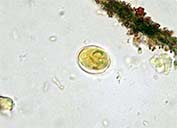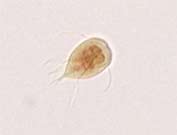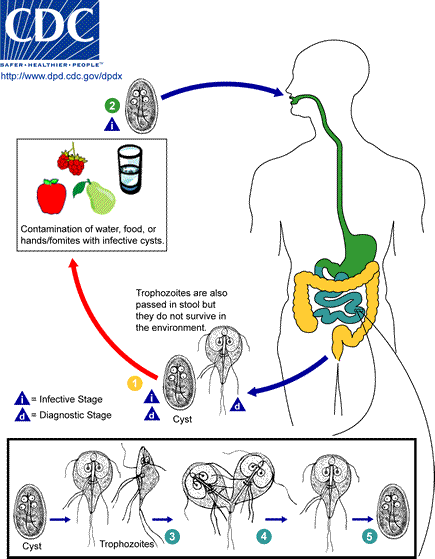|
Giardia is a single-celled protozoal organism that lives in the small intestine and is often associated with diarrhea in dogs and cats that have consumed contaminated water. It is uncertain whether people may become infected with the Giardia species that are shed from dogs and cats. The CDC (Center for Disease Control) recommends humans take full precautions around infected animals.
The life cycle of Giardia begins when cysts are ingested and then excyst in the duodenum which is the first part of the intestine. Each cyst will produce 2 motile trophozoites that will replicate within the lumen of the small intestine. Before being shed in the feces, the trophozoite encysts. On excretion, the cysts are infective to another host (dog, cat, human). cysts can survive for days to weeks in a cool, moist environment.
The trophozoites course sloughing of the intestinal epithelial cells result in in malabsorption which is seen as diarrhea. The diarrhea may be persistent, intermittent, or self-limiting.
 

Giardia is difficult to eliminate because the organisms seemingly may become resistant to some drugs. Immunodeficiency or concurrent host disease may make it difficult to eliminate the organism. Also, there is the potential for reinfection because the giardial cysts are rather resistant to environmental influences and autoinfection can occur from fecal material adhered to the hair of cat which can contain infective cysts that can be re-ingested during self-grooming.
It is extremely important to wash you hands after handling animal feces. It is equally important to pick up fecal material after your animal companion defecates to minimize the risk of exposure.
|







